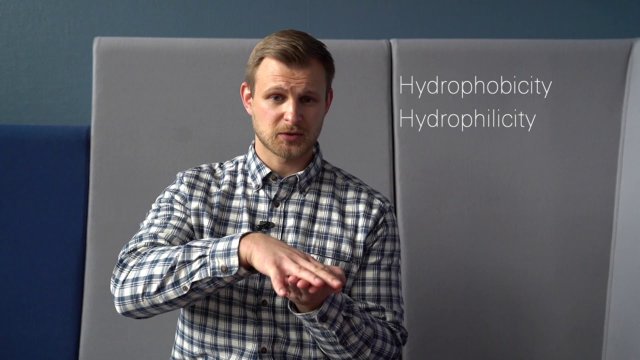Surface functions are the result of well-ordered (hierarchical) micro- and nanostructures on the surface which are inspiring material scientists and product designers to develop new materials, devices and products with similar surface properties. However, the reproduction (biomimicry) of these micro- and nanostructures are technically challenging and cost-intensive. A one-step way to produce highly regular nanostructures, which show some of the abovementioned properties, is to create Laser-induced Periodic Surface Structures (LIPSS). UT researcher Marek Mezera (ET) defended his PhD on this topic the 16th of October.
Although extensively studied in the last half century, LIPSS manufacturing did not emerge from an experimental status into industrial applications due to scientific and technical challenges.
In this thesis, a picosecond pulsed laser source is evaluated for the potential of processing a large portfolio of LIPSS on different types of materials.
Any solid matter interacts with its surrounding environment through its surface. Light absorption and reflectance, adhesion, heat transfer or tribological behavior are examples of surface properties determined by chemical surface properties, as well as by macro- and microscopic structures on the surface of an object.
The leaf of the lotus plant
In the course of evolution, earth's flora and fauna have adapted distinct surface structures for specific functionalities and therefore ensured survival and procreation. A frequently quoted example of a functional surface found in nature is the leaf of the lotus plant. The surface of the Lotus leaf shows hydrophobic, self-cleaning and anti-fouling properties. Examples of nano- and/or microstructures determining the optical properties of a surface can be found on butterfly wings, cicada wings and beetle wings, as well as peacock feathers, which reflect bright structural colors to entice mating partners.
More information
Marek Mezera (ET) is a PhD student in the research group Surface Technology and Tribology (STT). His supervisor is prof.dr.ir. G.R.B.E. Römer from the Faculty of Engineering Technology.







